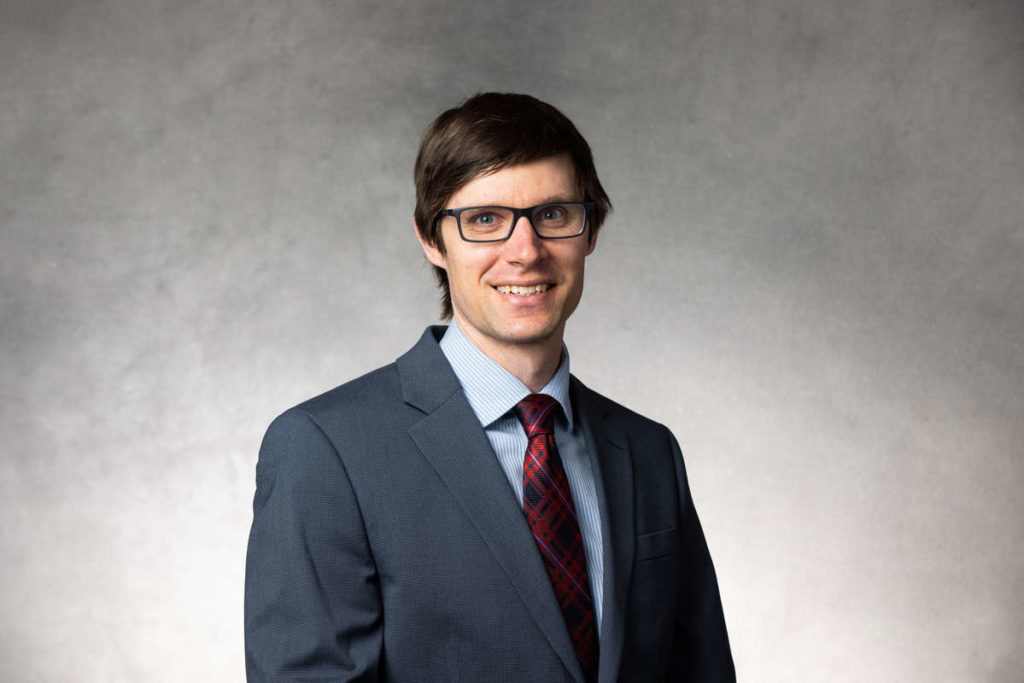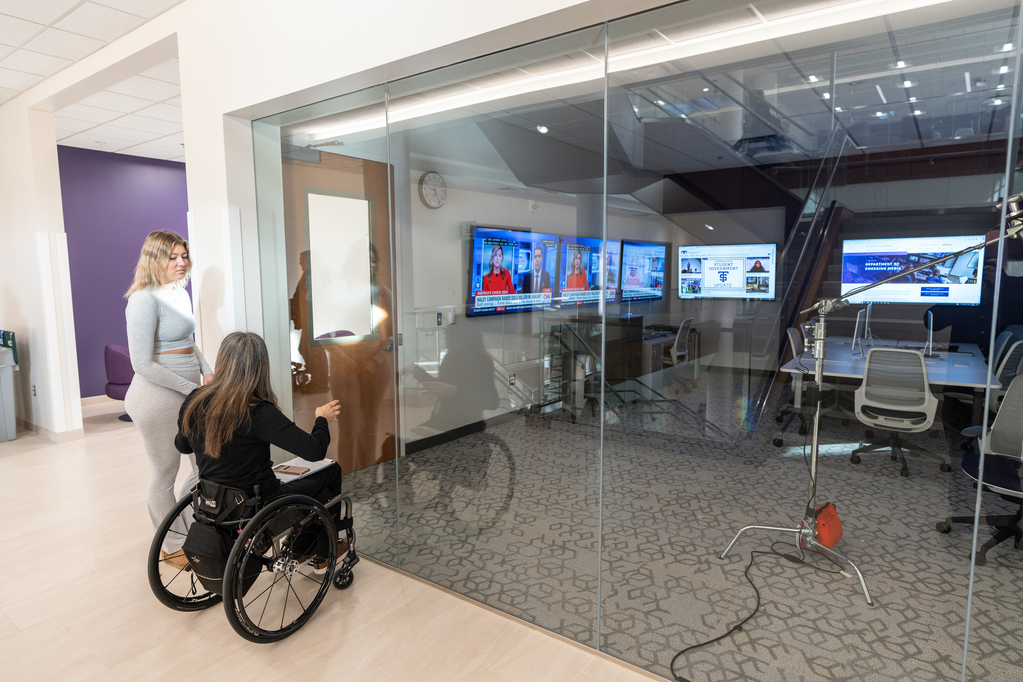The sound of opportunity knocking at St. Thomas this week is the sound of the wrecking ball. Construction on the Anderson Athletic and Recreation Complex has begun with the demolition of large campus landmarks. The benefits later next year will be huge and apparent to all of us. Lee and Penny Anderson are providing the community with an opportunity that supports enhanced campus life, sports teams and recruiting.
Economists always insist on looking at the costs as well. That’s what makes us so popular at parties. And when we say costs, we mean all the costs. For our chief financial officer and Development, the nine-digit, out-of-pocket costs are the main thing, but for those of us who tie our memories to the campus, there are implicit costs as well.
For me, it’s the Foley flower garden. From April through October, I would detour my commute (on foot, of course!) to work to watch the daily changes in the garden. From the first forsythia to the last chrysanthemum, I appreciated every blossom. I would even pass by my garden in the winter, watching the snow cover my plants. One of my favorite times is late May, when the redbud trees bloom. They’re not easy to grow in Minnesota, and they remind me of my childhood in Arkansas. While Steve Trost tells me that most of the plants will be relocated to South Campus, the redbuds are too old and too delicate to stand transplanting.
Then there’s the Winton Weeping Cherry. In addition to being a lovely tree, the weeping cherry was planted in memory of Dr. Ward Winton, professor of psychology at St. Thomas in the 80’s and 90’s. The tree is now gone, but my memories of Ward are vivid. A Yalie, Ward was a fine scholar, teacher and colleague. He resembled Charlie Chaplin as the Tramp. One of my favorite Ward stories stems from this resemblance. Ward often walked in his neighborhood near downtown St. Paul. The Dorothy Day Center bus would occasionally stop Ward and attempt to give him tickets for free meals at the Center. Ward always refused them with his customary good grace.
Next to go on my memory list will be O’Shaughnessy Hall. It also has been used as classroom space. When I came to campus in 1981 to interview for an assistant professorship, I taught my audition class in OSH. At that time, the classroom had a low platform in the front of the room. I’m not sure which aspect of the interview made me more nervous – my future colleagues (Mo Selim, Mary Supel, Dan Fairchild, Dwight Porter, Dave Jones and Bill Walsh) sitting in the back row or the fear that I would step off that platform in mid-sentence and fall flat on my face. Well, I got the job and ever after have held fond memories of OSS, peculiarities and all. Eventually the low platform was removed, but later classes there were taught to the sound effects of barbells dropping, weightlifters grunting and handballs smacking. One day I came into my triangular classroom with the two pillars blocking the sightlines to find Dan Carey on his exercise bike. Long after OSH is gone, I will remember ousting Dan from my classroom.
And perhaps in this way, the opportunity cost is not so great. Institutional memory maintains the benefit of our heritage, in small things and large. Even though I never personally canoed on Lake Mennith, I know that it was located in the quad and was drained to make way for new construction of the day. I know this because longtime English Professor Paul Hague told me. Lake Mennith was before his time, too.






